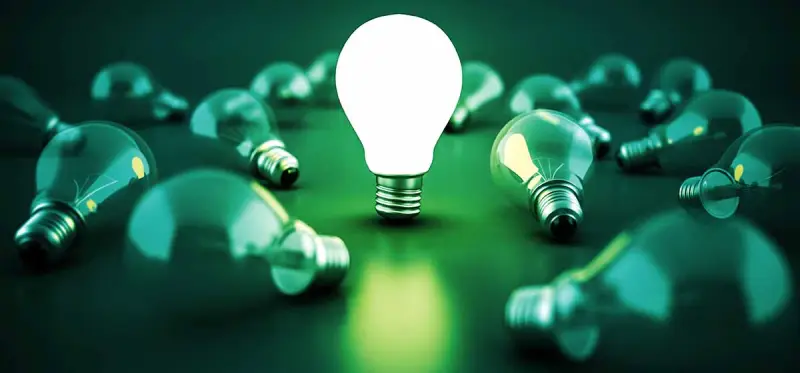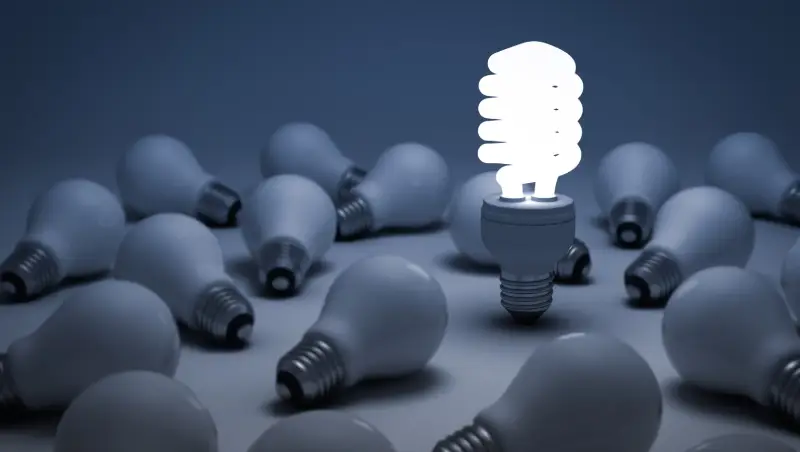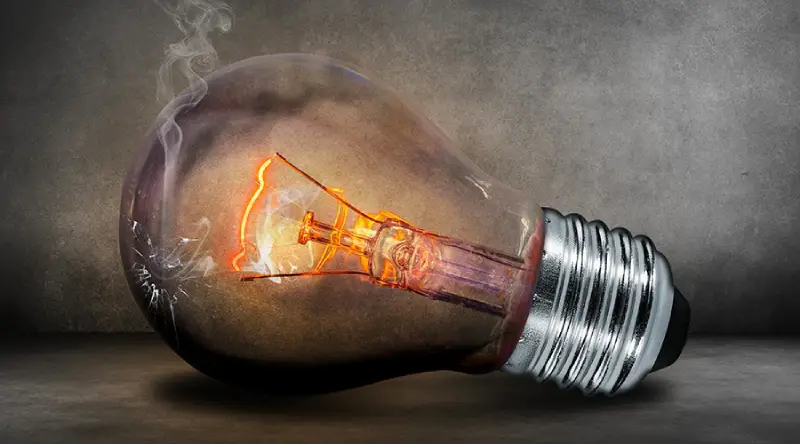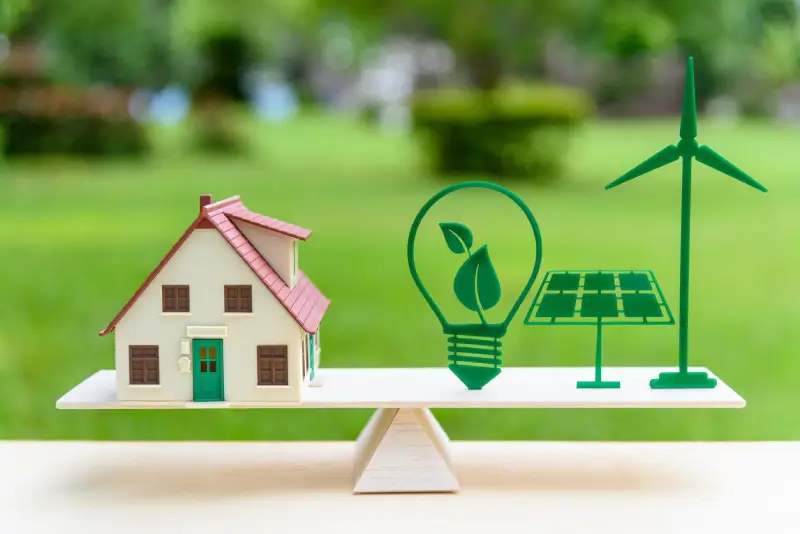LED Light Electricity Cost Calculator
The energy consumption of a household light bulb for one hour depends on the power of the bulb. Generally speaking, using a 100 watt bulb consumes approximately 0.1 kWh of electricity per hour.
Calculation formula for bulb energy
The energy consumption of household light bulbs depends on their power. Power refers to the amount of energy consumed per second, measured in watts (W). The unit of electrical energy is watt hours (Wh), which refers to the amount of energy consumed per hour. Therefore, we can calculate the energy consumption of a light bulb using the following formula:
Energy consumption (Wh)=power (W) x usage time (hours)
For example, if we use a 100 watt light bulb to illuminate for one hour, its energy consumption is:
0.1kWh = 100W × 1h
Example of energy consumption calculation
Assuming you need to use a 100 watt light bulb to illuminate the room for 6 hours. So its energy consumption calculation formula is:
Energy consumption (Wh)=100W × 6h=0.6kWh
Therefore, using a 100 watt light bulb for 6 hours consumes 0.6 kWh of electricity.
Electricity Consumption of Various Types of Light Bulbs
Different types of light bulbs consume different amounts of electricity. Generally speaking, a regular 60 watt incandescent bulb consumes 0.06 kWh per hour, while an LED bulb consumes only about 1/10 of its power.
The amount of electricity consumed by a lamp over a certain period of time depends on the energy efficiency and power consumption of the bulb. The following is a detailed explanation of the energy efficiency and power consumption of several common light bulbs:
LED Lights

LED lights are widely used in home lighting in recent years due to their high efficiency, long lifespan, and low energy consumption. The power consumption of LED lights is very low, usually about 1/10 of their equivalent incandescent bulbs. That is to say, a 60 watt incandescent bulb consumes 0.06 kWh per hour, while an equivalent LED bulb only needs 0.006 kWh.
Fluorescent Lamp

The energy efficiency of fluorescent lamps is slightly higher than that of incandescent lamps, but still cannot compare to LED lamps. The same 60 watt fluorescent lamp consumes approximately 0.02 degrees of electricity per hour.
Incandescent Lamp

Incandescent lamps are the most traditional lighting equipment and also the one with the highest power consumption. A regular 60 watt incandescent bulb consumes approximately 0.06 degrees of electricity per hour.
It should be noted that the above data are only reference values. Some low energy efficiency LED lights and high energy efficiency incandescent lights may have deviations. In addition, the power and duration of use of the lighting fixtures can also affect the calculation of power consumption.
In summary, different types of light bulbs consume different amounts of electricity, and within the same type of light bulb, different grades can also affect its energy efficiency and power consumption. In order to save energy, we should choose LED and fluorescent lamps with higher energy efficiency, and try to avoid using incandescent lamps as much as possible. In addition, in daily life, in addition to promptly turning off unnecessary lighting fixtures, energy consumption can also be reduced by installing induction lights, time controlled lights, and other methods.
Suggestions for saving energy consumption of household light bulbs

To reduce household energy consumption, we can consider starting from the following aspects:
- Using low-power light bulbs, such as LED bulbs, can save energy and reduce energy waste.
- When turning off the lights, turn off the switch in a timely manner to avoid wasting energy when not in use for a long time.
- In a well lit environment, natural light can be used as much as possible to replace artificial light, such as opening windows or using blinds.
In short, reducing the energy consumption of household light bulbs can not only help us save electricity costs, but also be an important measure to reduce carbon emissions and protect the environment.



